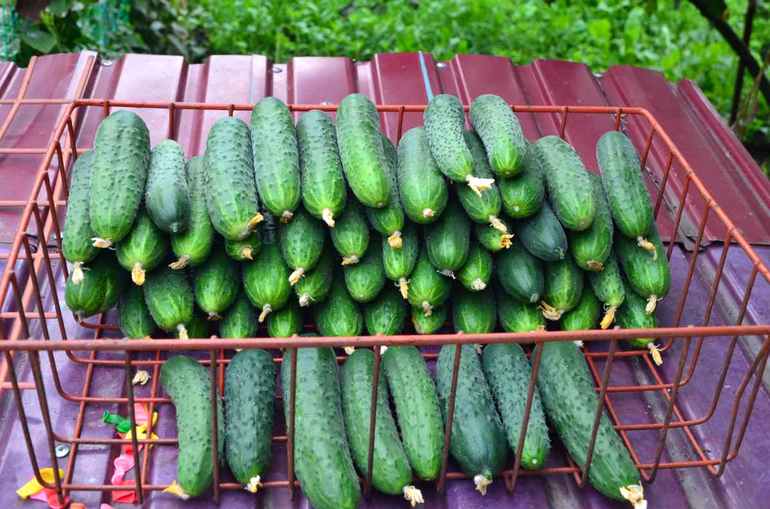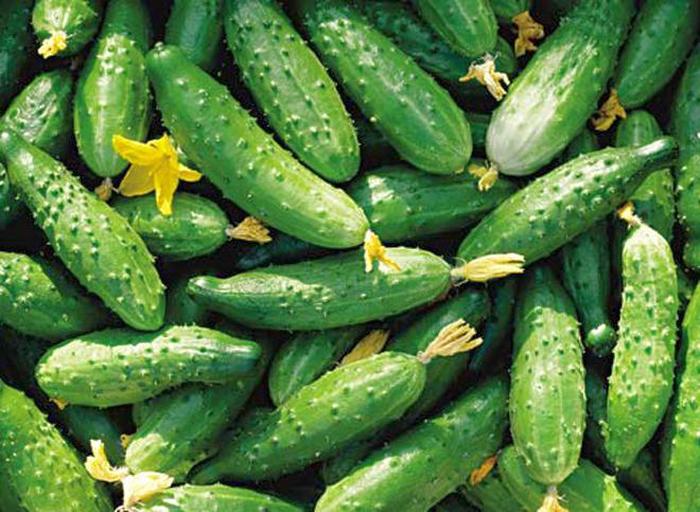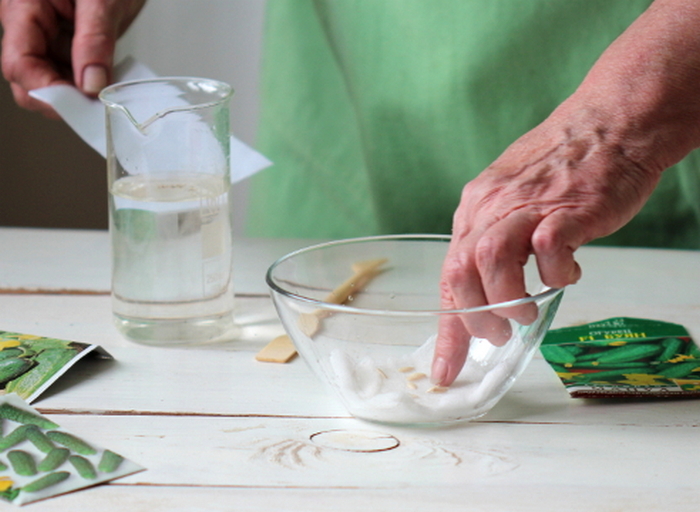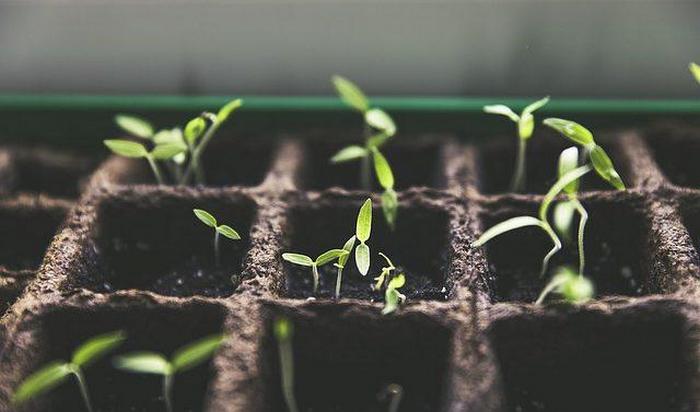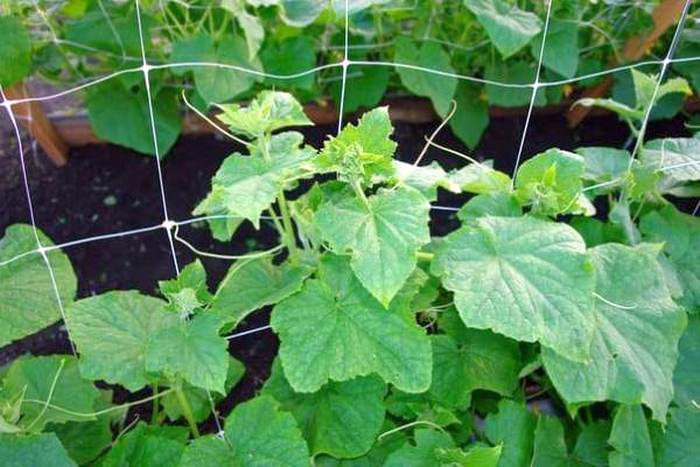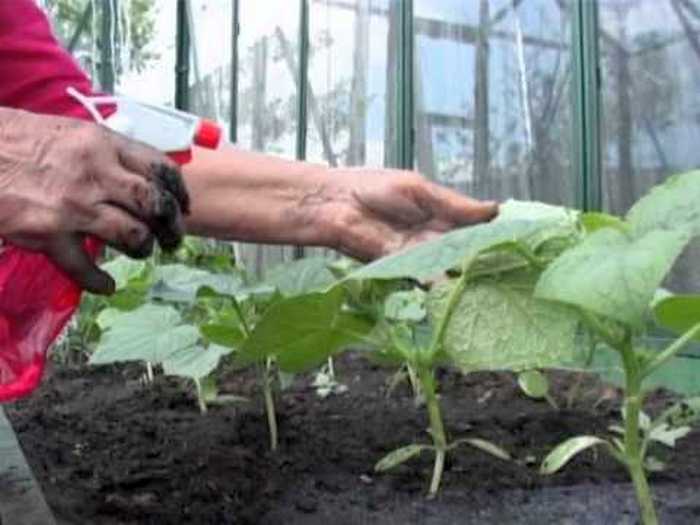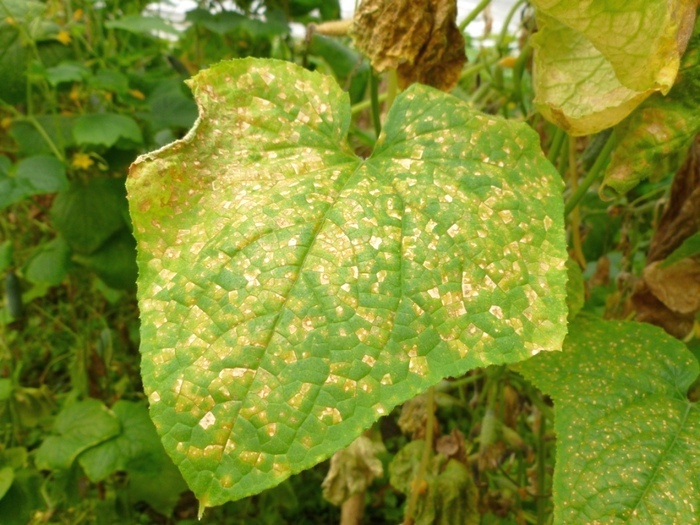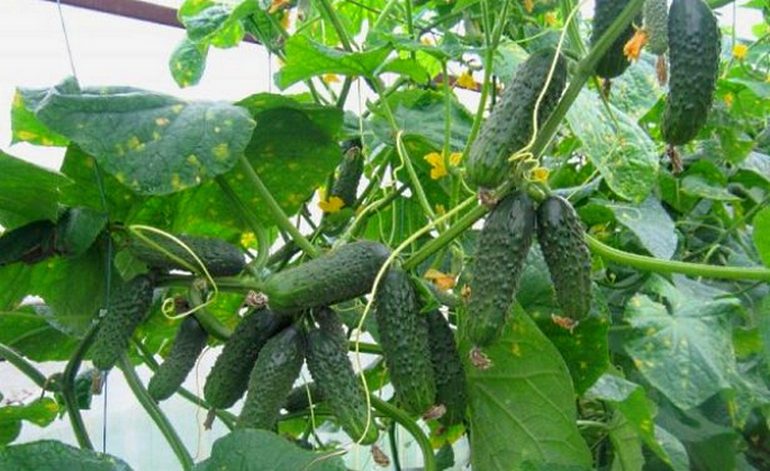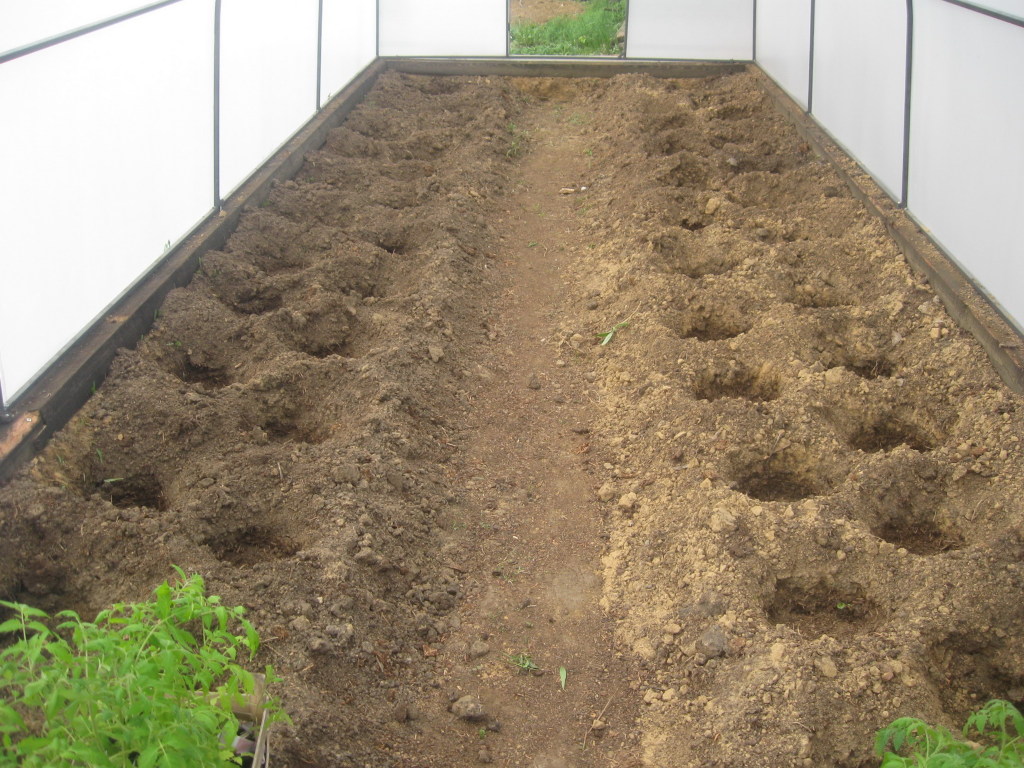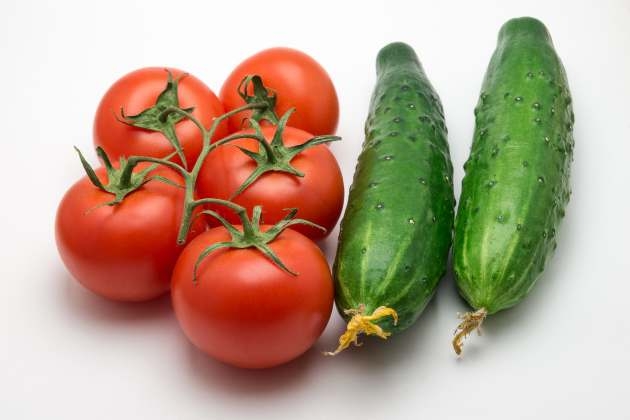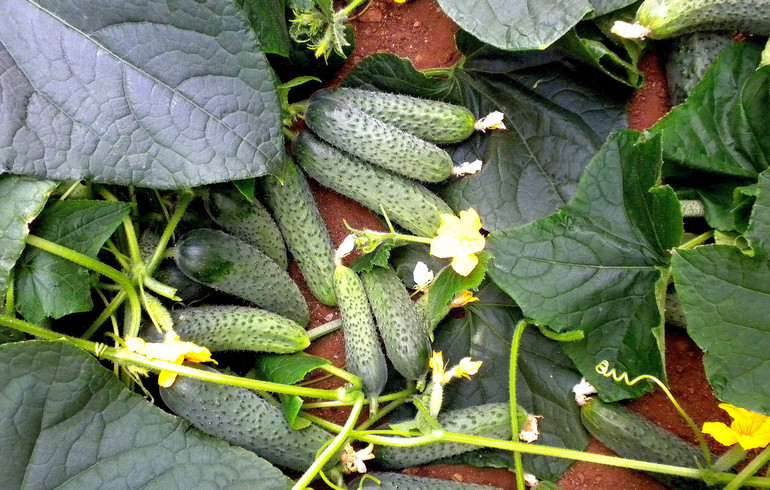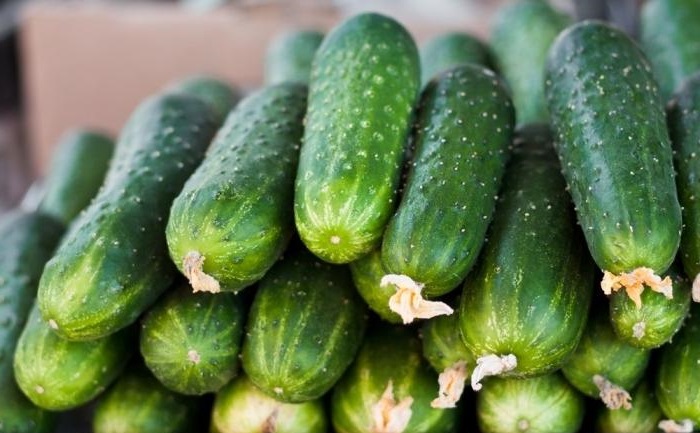Content:
Paratunka is a cucumber that is extremely popular among gardeners. This is due to their high yield and early maturity. The fruits can be called universal: they are suitable for fresh consumption, for canning and salting.
Description and characteristics of the variety
Plants grow equally well in the field and in greenhouses. A distinctive feature of the bushes is the bunch type of fruiting. They are medium-sized, the green mass develops and does not branch very actively.
The fruits of Paratunka cucumbers have a cylindrical shape. The tubercles on the skin surface are poorly developed. The length of the fruit reaches 9 cm. The weight of one cucumber ranges from 65 to 100 grams. No voids are formed in the middle of ripe cucumbers. The flesh is firm and crispy, tastes great and does not taste bitter.
The Paratunka variety has many advantages. Among the most significant are the following:
- Disease and pest resistance.
- Long term fruiting.
- Excellent taste.
- Early fruiting.
- High productivity.
- Unpretentious care.
- Good transportability.
After 30 - 40 days after the first shoots appear, it is time to start harvesting. Up to 12 kg of cucumbers can be harvested from 1 m2.
Growing secrets
If you plan to plant seeds directly into the ground, this can be done only after the soil temperature reaches 16 - 17 degrees, and the air temperature is at least 22 degrees.
If the seeds are sown for seedlings, they must first be soaked. For this, the seeds are placed in a warm, weak solution of potassium permanganate for 24 hours.
While the seeds are soaking, you can start preparing the containers and soil. It is better to use peat or plastic cups as a container, the volume is approximately 350 - 500 ml.
The soil for sowing seeds should be light and nutritious. To do this, you can make a mixture that includes equal parts of peat, compost, humus and sawdust. You can also add a little wood ash (200 grams per 10 liters).
It is possible to plant seedlings in open ground only after 4 real leaves appear on the plant. As a rule, 3 - 3, 5 weeks after sowing.
Correct bush formation
Depending on the chosen method of growing the Paratunka cucumber, it is necessary to select the method of forming the bush. The average height is 2 - 2, 5 m. Ovary formation occurs in internodes in the form of small bundles, the number of which does not exceed 3 pieces.
If the choice fell on the trellis method of forming bushes, no more than 4 plants should be planted per 1 m2.When grown without a support, 3 plants can be planted per m2.
There are 2 main methods through which you can form cucumber bushes:
- Tapestry. It is necessary to remove all shoots and flowers below the 5th leaf. For this, the point of their growth is pinched. Thanks to this, it is possible to provide an optimal ventilation mode, which allows the plants to grow stronger and gain strength before the start of fruit formation. The growth point can only be cut off after the plant has reached the top of the support.
- Unsupported. The essence of this method is that the lower lateral shoots of cucumbers are buried in the ground. There they take root well and quickly, forming an additional root system. To prevent root exposure, it is recommended to mulch the soil. For this, you can use peat or sawdust.
Regardless of which method of forming a bush is used, you must not forget about updating the bush. This removes dry leaves and shoots that have already borne fruit. So the plant will more actively form young side shoots with fruits.
Watering and feeding
Despite the fact that this variety of cucumbers is not capricious, it will not work to achieve good yields with an improperly organized irrigation regime. Since the Paratunka horse system is located in close proximity to the soil surface, cucumbers need good watering. It is advisable to use warm water for this. The best time to water is early morning or late evening.
Top dressing affects yield. Even if the soil is fertile, the lack of top dressing will negatively affect the quantity and quality of the fruit. Top dressing is especially important during the period of development and formation of fruits.
Experienced gardeners recommend using a solution prepared from mullein or chicken droppings dissolved in water as a top dressing. You can also achieve high yields if you feed the plants with ready-made mineral fertilizers. Cucumbers need to be fed at least 4 times during the fruiting season.
Pests and diseases
When creating this variety of cucumbers, breeders tried to lay in it a high level of resistance to various kinds of diseases and damage by pests of garden crops. In this regard, Paratunka cucumbers are resistant to such diseases:
- cucumber mosaic;
- powdery mildew;
- olive spot;
- bacteriosis.
Compliance with the rules of crop rotation, agricultural conditions will help to avoid the development of many diseases.
Pests that are most dangerous for cucumbers:
- Melon aphid. Small insects that can infect stems, leaves, ovary and fruits. They multiply at an amazing rate. To prevent the spread of insects, it is necessary to remove plant residues on the site in a timely manner, to treat the plants with Inta-Vit.
- Spider mite. Basically, the pest lives on the lower part of the leaf blade and feeds on its juice. After a while, the sheet dries and falls off. If you do not start the fight against insects in time, the death of all plants is not excluded. Optimal conditions for mite development are high soil and air humidity. For the prevention and control of the pest, it is recommended to disinfect the soil. To do this, you can use an infusion of onion husks, garlic or special products.
- Slugs. They feed on the green part of the plant at night. To fight slugs, you can use wood ash, which is sprinkled on all plants. Experienced gardeners recommend laying out pieces of cardboard and wood on the site, under which slugs will hide during the day.
With proper care, subcortex and timely insect control, a high yield of Paratunka cucumbers is guaranteed.
